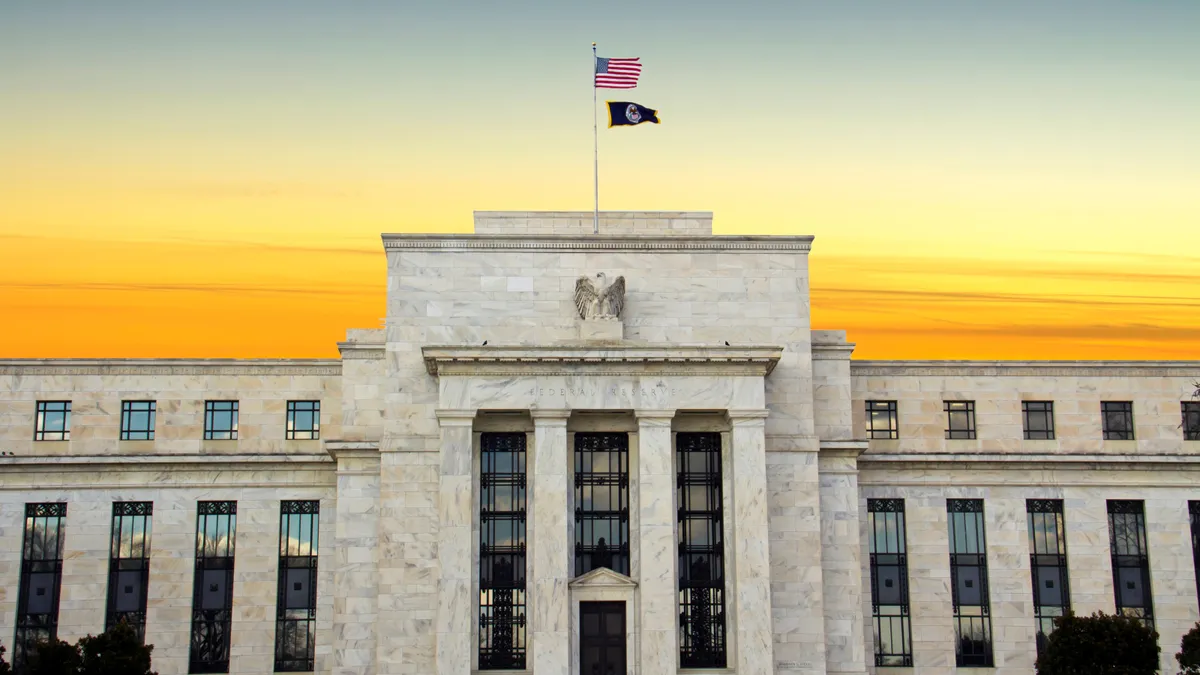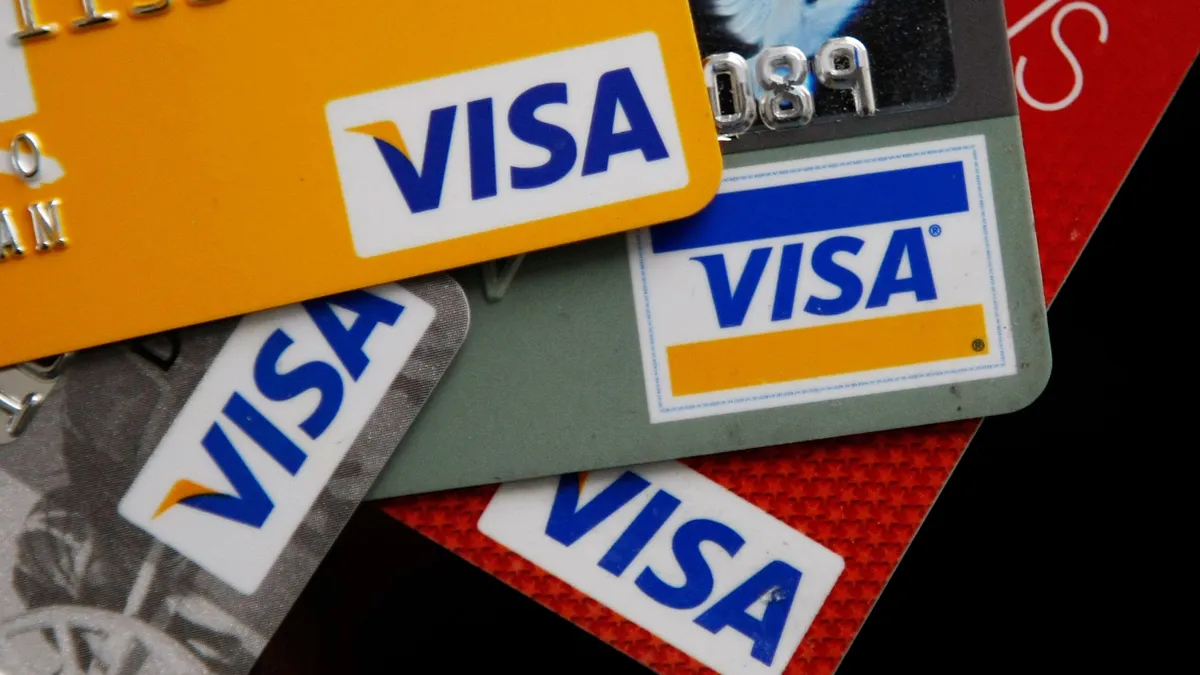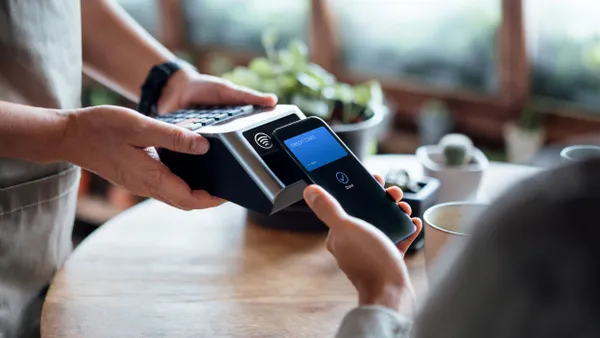Dive Brief:
- Amid an ever-evolving risk landscape, the Federal Reserve Financial Services encouraged financial services firms to adopt multiple layers of fraud-detection technology to identify payment fraud, according to a Tuesday post on its site.
- In addition to facial scans, voice recognition, fingerprints and other physical biometrics used to verify authorized users, the agency encouraged financial institutions to use behavioral biometrics to analyze how users typically interact with their devices.
- The agency also urged financial institutions to integrate risk-based multi-factor authentication (MFA) tools, for example, for transactions involving unusual users or devices.
Dive Insight:
In its post, the Federal Reserve Financial Services pointed to alternative data sources that could uncover fraudulent activity. IP addresses associated with fraud could serve as a warning sign. The geolocation of the device logging into an account being too far from a nearby cell tower could also signal a suspicious transaction, the agency said.
“In combination with these digital defenders, educating and empowering customers can help them actively protect their accounts — and themselves — from manipulation by criminals attempting to commit fraud and scams,” the Fed said in its post.
The Fed has issued other warnings about fraud and is taking steps to address the problem.
Earlier this year, the Federal Reserve raised concerns about rising synthetic identity fraud in a podcast interview with Mike Timoney, vice president of secure payments and fintech at the Federal Reserve Bank of Boston. Meanwhile, risk officers at financial firms are increasingly focusing on synthetic identity fraud, according to a Federal Reserve Financial Services survey released in April.
In addition to sharing advice for financial firms fighting fraud, the Fed is collaborating with other agencies to address payment fraud. In June, the Federal Reserve Board teamed up with the Federal Deposit Insurance Corporation and the Office of the Comptroller of the Currency to tackle payment fraud, particularly check fraud. As part of the partnership, the regulatory bodies aim to collect more fraud data and share information with one another.
After the FDIC, the OCC and the Fed solicited public comments in June, the agencies received recommendations from banks, trade groups, consumer advocacy organizations and payments companies on addressing payments fraud.
While the Financial Technology Association urged the federal government to develop a “coordinated national fraud strategy,” Early Warning Services, which runs the peer-to-peer payment app Zelle, called for the creation of a task force comprising banks, regulators, social media platforms, telecom companies, and other stakeholders.
As the payments industry and federal agencies attempt to curtail payment fraud, the issue has become a growing headache for financial firms. According to a survey from the Federal Reserve Financial Services released in April, nearly three-quarters of financial institutions reported debit cards as the top payment method for fraud attempts in the year prior, followed by checks (62%), non-bank payment apps (36%), ACH transactions (31%) and credit cards (24%).













